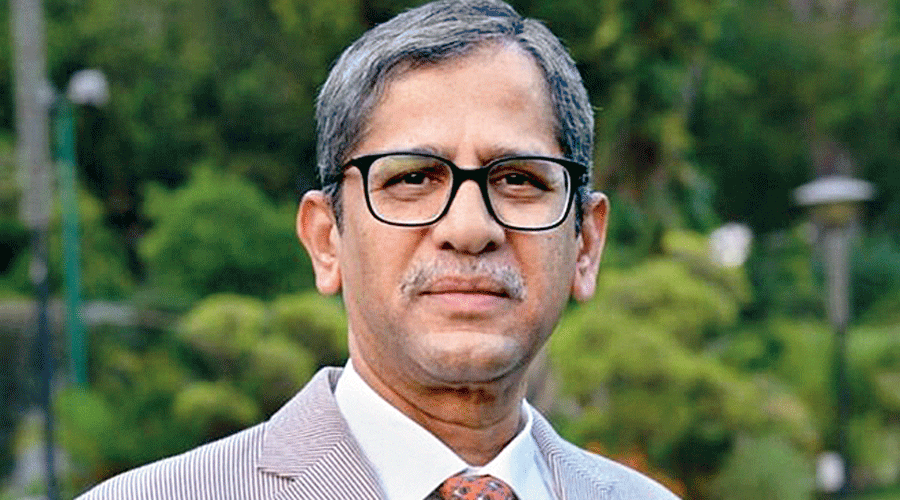Chief Justice of India N V Ramana on Saturday asserted that non-filling up of judicial vacancies and not improving the judicial infrastructure was the main reason for pendency of cases in the country.His remarks come after Union Law Minister Kiren Rijiju flagged the backlog of 5 crore such cases.
Both the personalities were speaking at the inaugural session of the 18th All India Legal Services Authorities' meet organised by the National Legal Services Authority (NALSA) here.
Expressing concern over rising pendency in courts, the law minister said their count is going to be around 5 crore. He said the target should be to clear 2 crore cases in two years."There should be good coordination between the government and the judiciary so that there is no delay in achieving the objective of delivering justice to people," he said.
"The first question I receive wherever I go is what steps the government is taking to ensure that pendency comes down. This is a challenge and this meeting is a good occasion to discuss it," Rijiju said.Responding to the minister's concern, CJI Ramana said non-filling up of judicial vacancies was the main reason for the huge pendency of cases.
"I am glad he (Rijiju) has taken up the issue of pendency. We judges also, when we go outside the country, face the same question. You all know the reasons for pendency. I indicated it in the last chief justices-chief ministers conference. You all know the main reason is non-filling of judicial vacancies and not improving the judicial infrastructure," he said.
He said the National Legal Services Authority is a success story that settled around 2 crore pre-litigation cases, adding that one crore cases were settled last year and it is a great achievement and best model.
The Chief Justice of India said judicial officers and judges work hard and apart from their daily judicial duty, they work extra hours on Saturdays and Sundays.He said judiciary is always ahead in trying to resolve all these issues.
"My request is that the government has to take up this pendency of filling up of vacancies as well as providing infrastructure. NALSA is the best model, it is a success story. So on the same lines, we suggested a judicial infrastructure authority in the last chief justices conference. It has unfortunately not been taken up. I hope that the issue will be revisited," he added.










